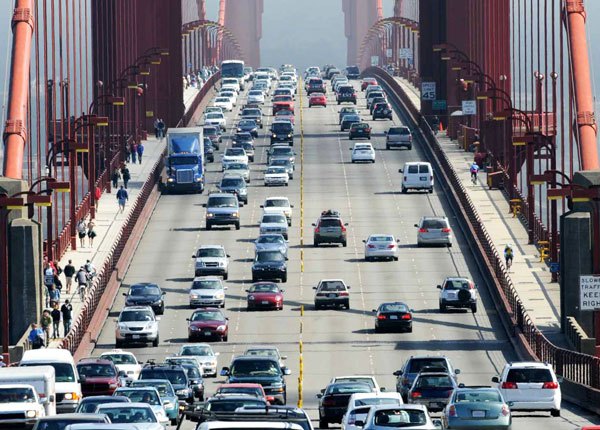
Driving Through Curves & Hills: Advanced Driving Rules and Tactics
Updated Dec. 11, 2020Curved roads and hills are most frequently encountered on rural roads and remote stretches of highway, though you may sometimes need to deal with them in urban and residential areas too. We discuss the tactics needed to drive safely through curves and hills in this section, as both phenomena are accompanied by similar risks and challenges.
When driving through a stretch of road that is not flat, or straight, a motorist must contend with additional forces acting on their vehicle. Adjustments in speed and lane position must be made to counteract these forces and maintain control. Furthermore, the line of sight may be impeded by the mid-point of a curve or the crest of a hill.
The dangers of decreased visibility
When your view of the road ahead is limited by a curve in the road or hill, you must decrease your speed and proceed with extreme caution. You may not be able to see vehicles, pedestrians, animals or other obstructions in the road until you are too close to them to stop if you are traveling too fast.
Never attempt to pass another vehicle if there is a hill or a curve in the road blocking your line of sight. Remember, you must be able to see at least one-third of a mile ahead in order to execute a pass safely.
When approaching a curve’s mid-point or the crest of a hill, avoid driving too close to the centerline. If another motorist cannot see you approaching from their side of the curve or hill and has strayed over the centerline, you could be hit head-on.
Driving through curves
In this module, we will discuss the centrifugal force which acts on a vehicle moving along a curved road and the techniques you must employ to counteract its effect. With this powerful force pulling away from the direction you are steering, it is easy to lose control, skid or roll the vehicle when driving through a curve too fast.
Different types of curves involve different risks and require different countermeasures – an issue which we explore in more detail in this section. You will also learn about the advantages and disadvantages of different lane positions when driving through a curve and find out how to position your vehicle safely. With the information from this module, you will develop the skills needed to assess upcoming curves in the road and make all adjustments necessary to avoid accidents and collisions.
Driving through hills
When driving uphill or downhill, gravity will affect the speed of your vehicle. In this situation, drivers may need to drop into a lower gear and accelerate or brake to maintain a safe speed. Uphill driving presents a particular challenge, as gravity increases strain on the engine and could lead your vehicle to overheat or begin rolling backward. Learn how to manage these problems in our “Driving through hills” module. This section also discusses the dangers posed by extremely large or heavy trucks on hills and the precautions you should take when driving with such vehicles nearby.
Hilly, mountainous areas can be especially problematic for motorists, as most vehicles are designed to operate at or close to sea level. Thin air at high altitudes can adversely affect practically every mechanical system in your vehicle, adding further challenges to uphill and downhill driving. Find out what you can do to counteract weakened acceleration, engine overheating, vapor lock and altitude sickness in the latter portion of this section.




